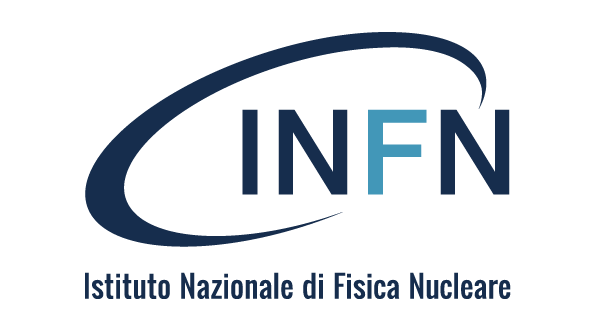PEOPLE
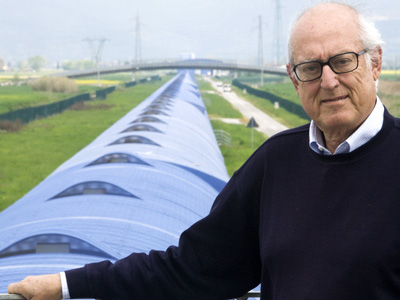
LET ME TELL YOU HOW VIRGO WAS BORN
Interview (February 2016) with Adalberto Giazotto, recently passed away, founder of the Virgo project for gravitational waves detection.
His name is firmly tied to the physics of gravitational waves, the spacetime ripples predicted by Albert Einstein a century ago in the theory of General Relativity. Adalberto Giazotto, an INFN researcher who passed away last 15 November, a tenacious, visionary and far-sighted scientist, former collaborator of Edoardo Amaldi, shared with Alain Brillet the paternity of the Virgo interferometer, the gravitational wave detector implemented in Italy by INFN and the French CNRS (Center National de la Recherche Scientifique) which, with the two LIGO interferometers in the United States, was the protagonist of the recent discovery of gravitational waves. It was Giazotto's idea to build an interferometer in the countryside around Pisa. He had the idea of the Virgo super-attenuators, a chain of highly technological pendulums that effectively isolates the mirrors of the experiment from the movements that would disturb the signals. It was his idea to look for gravitational waves at low frequencies - where they were actually found - an idea first implemented by Virgo and later by LIGO. It was his idea to establish a global network of interferometers with the two LIGOs, so as to create only one big scientific collaboration, an idea that proved to be key to the success in searching for gravitational waves. In an interview released in February 2016, Giazotto told us how the idea of Virgo came about and what were his feelings when he heard the news of the discovery of gravitational waves, the goal he had pursued for decades.
How are you feeling during these days of the announcement of the discovery of gravitational waves?
Very happy, even though I am a bit of a spectator. I am very happy with this result, which represents the crowning of a line of research that we at Virgo started decades ago, focusing on low frequencies.
You are considered the father of Virgo.
We were the first to say that it was necessary to build a detector capable of observing gravitational waves also at low frequencies. It was the biggest advancement in interferometer technology since these detectors were started to be built in the 1980s. Virgo, finally approved in 1993, was in fact the world's first low-frequency detector, followed by the American Advanced LIGO (Laser Interferometer Gravitational-wave Observatory) project and the KAGRA (Kamioka Gravitational wave detector), project, under implementation in Japan.
...
NEWS
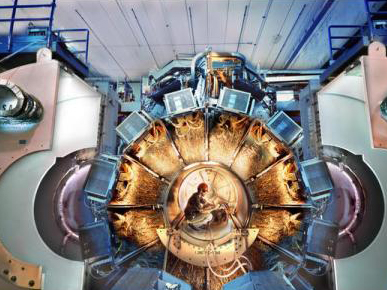
RESEARCH
BABAR PUTS THE DARK PHOTON ON THE ROPES
The dark photon is a particle similar to the electromagnetic wave photon but, unlike the latter, it has a small mass. It is in reality a hypothetical particle, predicted by certain recent theoretical models that describe dark matter, but never observed experimentally. ...

INFRUSTRUCTURES
PROTON SOURCE FOR EUROPEAN SPALLATION SOURCE (ESS) COMPLETED
At the INFN National Laboratories of the South, the construction of the proton source and of the ion beam transport line have been completed. They will move to the European Spallation Source (ESS), a large European Research Infrastructure, under construction in Lund, Sweden. ...
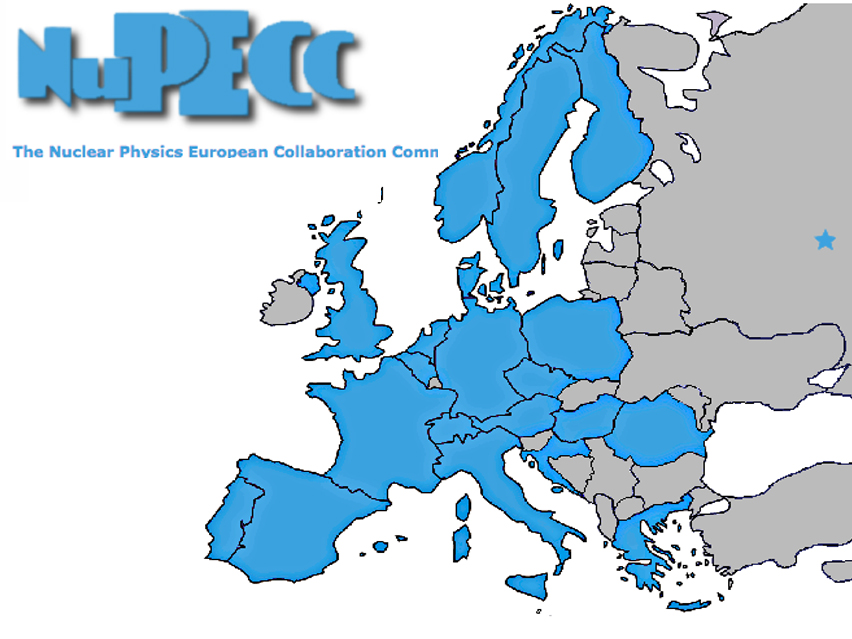
RESEARCH POLICY
EUROPEAN STRATEGY ON NUCLEAR PHYSICS PRESENTED IN BRUSSELS
On 27 November at the University Foundation in Brussels, the NuPECC (Nuclear Physics European Collaboration Committee) presented its fifth Long Range Pla n (LRP 2017) for Nuclear Physics in Europe, which takes into account the evolution of basic and applied research in this field and marks the stages of the programme for the coming years. NuPECC's mission, since its foundation in 1988, has ...
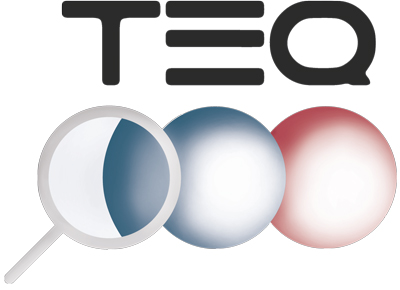
AWARDS
LNF LEADS THE QUEST FOR UNDERSTANDING THE FOUNDATIONS OF PHYSICS
Whether we can observe quantum behaviours in macroscopic objects or not, and under which conditions, is a major question in quantum physics. An answer in the positive direction will boost the quest for the use of the weirdness of quantum mechanics in a much larger set of physical systems, not restricted to the microscopic world ...
FOCUS
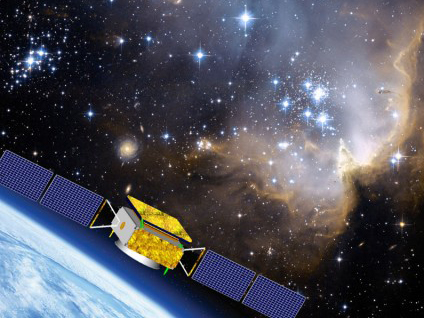 DAMPE: LOOKING FOR DARK MATTER IN COSMIC RAYS
DAMPE: LOOKING FOR DARK MATTER IN COSMIC RAYS
The scientific journal Nature has published the first results of the DAMPE (DArk Matter Particle Explorer) experiment, in orbit on a satellite since December 2015. The experiment measures the flow of very high energy cosmic electrons and positrons (from 55 GeV to 4.6 TeV). For the first time, the direct measurement of these particles in space highlights and measures a sharp change, a "break", in their flow according to energy. At energies exceeding 0.9 TeV, the electron and positron flow changes and "dips", decreasing more rapidly with increasing energy. This phenomenon had recently been measured only by ground experiments, with indirect observations, much greater uncertainty and still partly preliminary results. DAMPE, the first Chinese astrophysical satellite, is one of the five space mission projects of the Strategic Pioneer Program on Space Science of the Chinese Academy of Science (CAS). It is an international collaboration involving more than 100 scientists, technicians and students from Chinese, Italian and Swiss institutions led by the CAS Purple Mountain Observatory (PMO). Italy is involved with a research group of approx. twenty scientists form the Perugia, Bari and Lecce divisions of the National Institute for Nuclear Physics and the Universities of Perugia, Bari and Salento. ...
INFORMATION
cover image:
Bullet Cluster image with the distribution of the Dark Matter (blue). .
Download the newsletter in pdf format
ENGLISH VERSION
ITALIAN VERSION
CONTACT
INFN - COMMUNICATIONS OFFICE
comunicazione@presid.infn.it
+39 06 6868162
